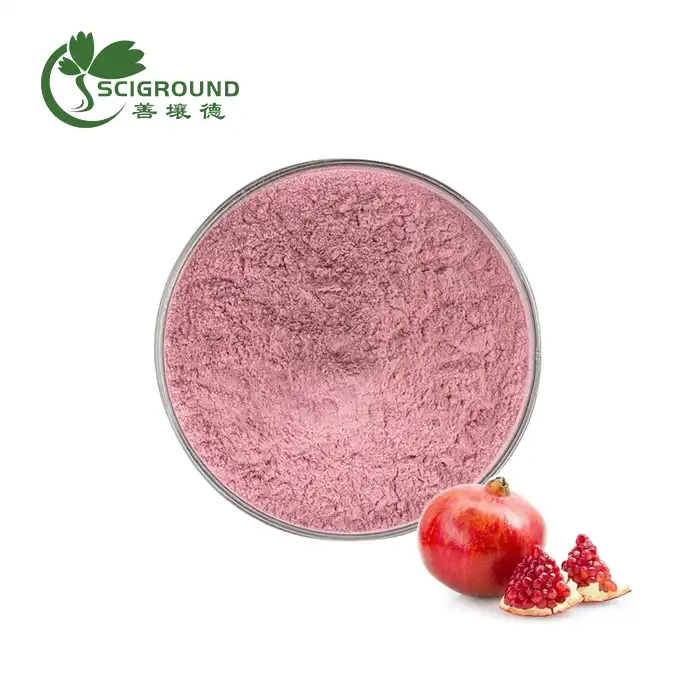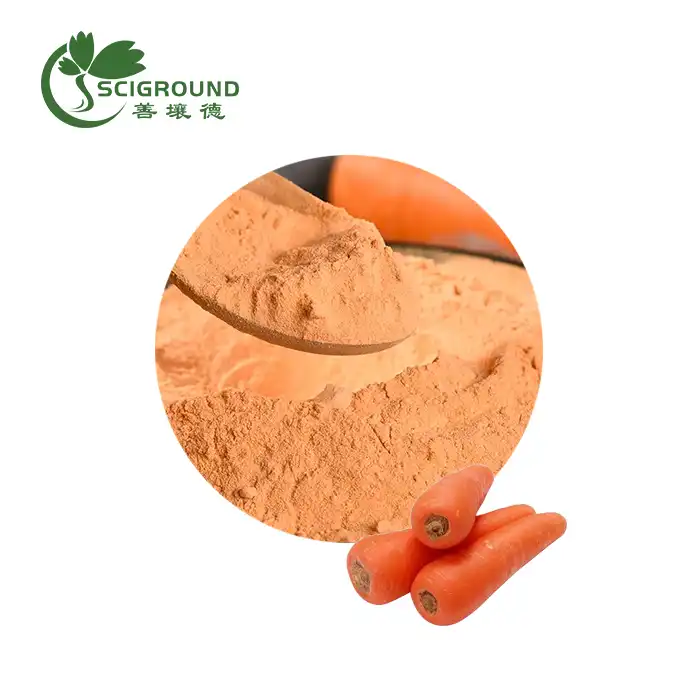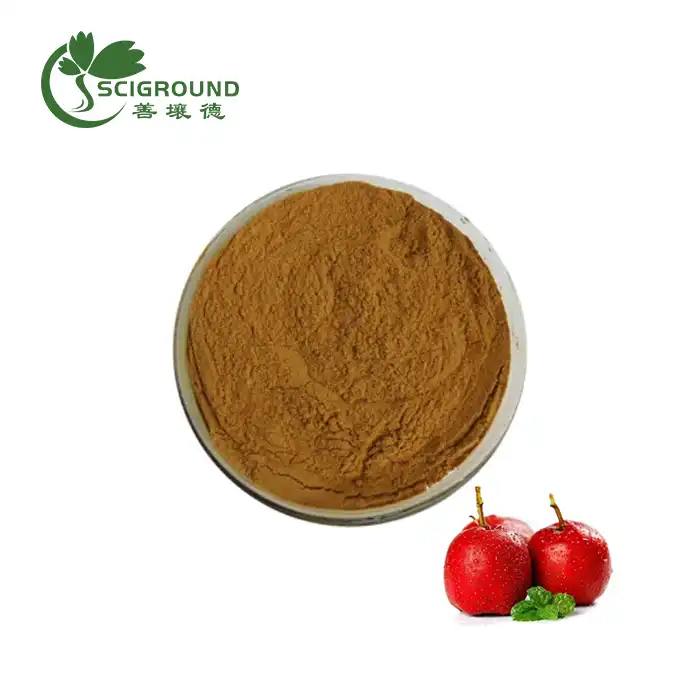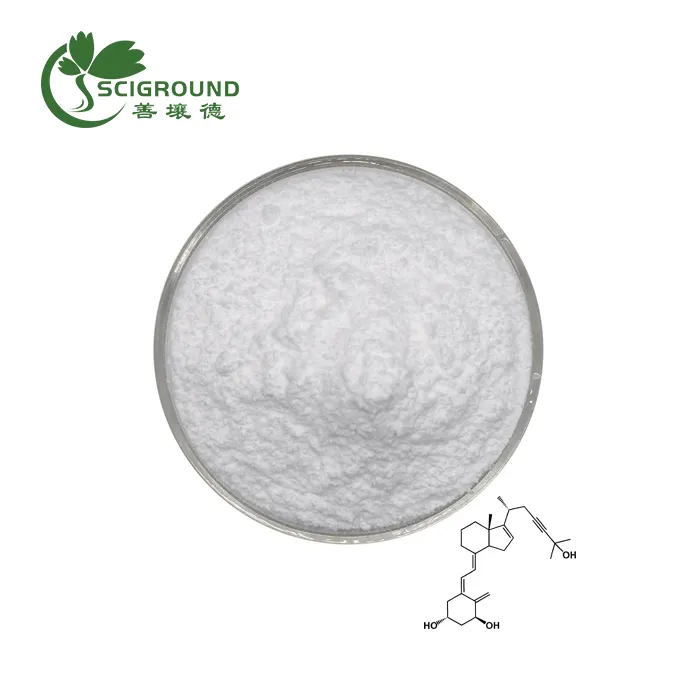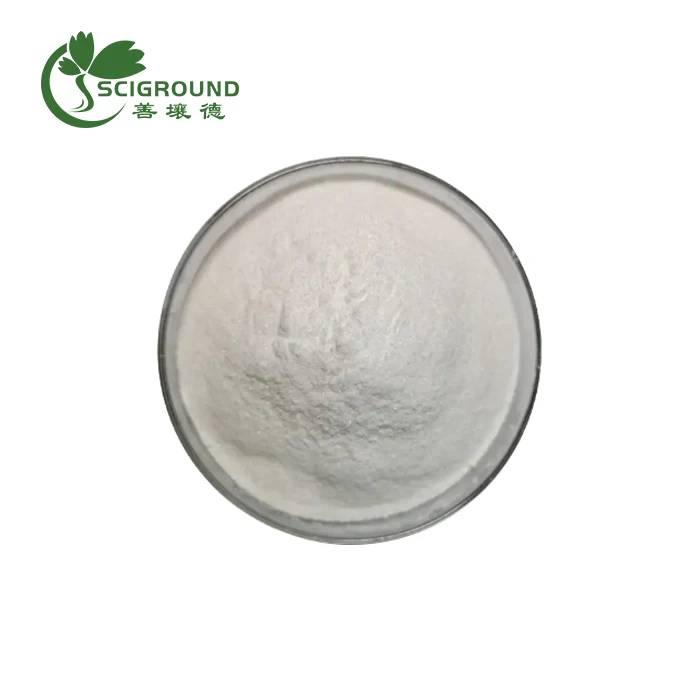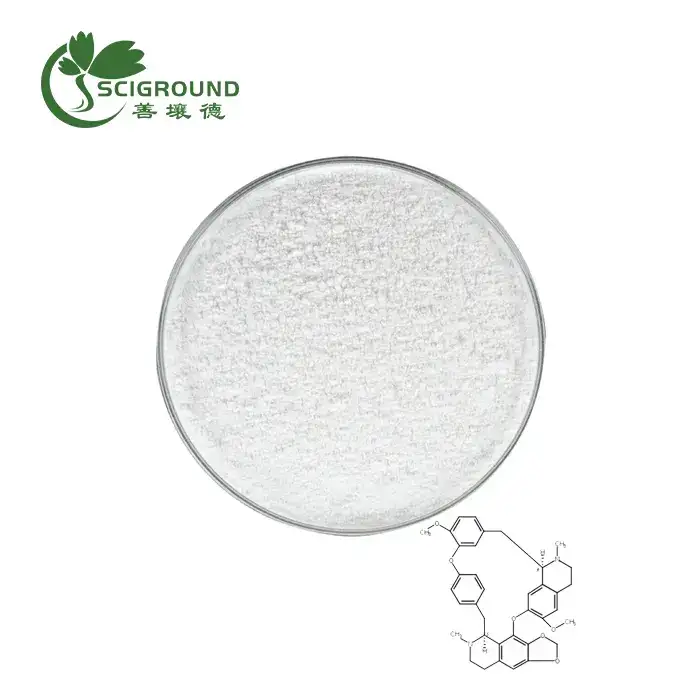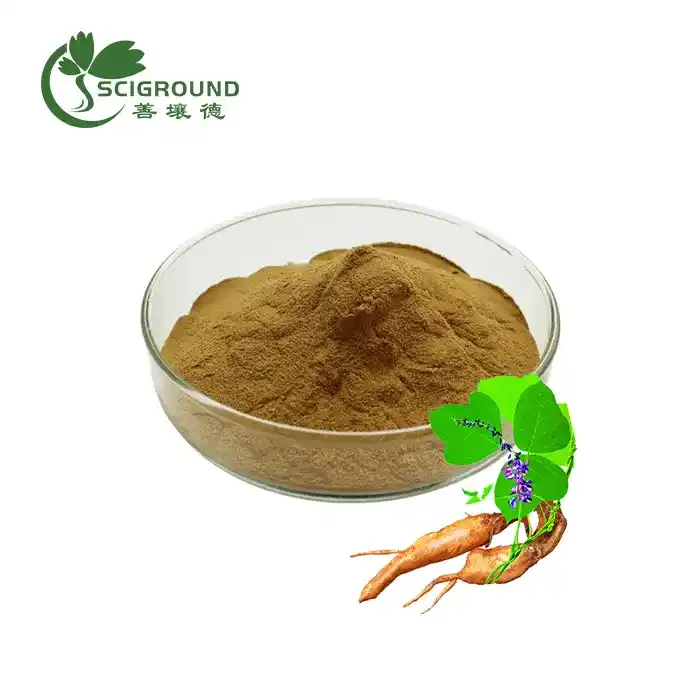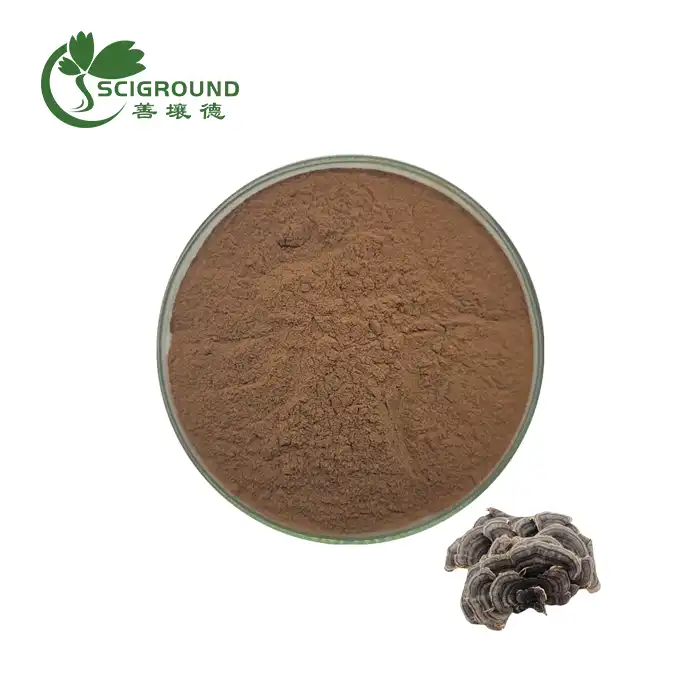What is Alpinia galanga
Alpinia galanga, commonly known as greater galangal or Thai ginger, is a perennial plant belonging to the Zingiberaceae family. This aromatic herb has been utilized for centuries in traditional medicine and culinary applications across Southeast Asia. With its distinct flavor profile and potential health benefits, Alpinia galanga has garnered significant attention in recent years. Let's explore the fascinating world of this versatile plant and its various applications.
Antioxidant Activities and Antioxidative Components in Extracts of Alpinia galanga
Alpinia galanga exhibits remarkable antioxidant properties, which have been the subject of extensive research. Studies have shown that different extracts of this plant possess varying degrees of antioxidant activity. The ethanolic extract of Alpinia galanga has demonstrated particularly impressive results in free radical scavenging assays.
Researchers have employed multiple methods to evaluate the antioxidant potential of Alpinia galanga extracts, including the 2,2-diphenyl-1-picrylhydrazyl (DPPH) and oxygen radical absorbance capacity (ORAC) assays. These tests have consistently shown that the ethanolic extract outperforms both water extracts and essential oils in terms of antioxidant activity.
The antioxidative prowess of Alpinia galanga can be attributed to its rich composition of bioactive compounds. The plant contains a significant concentration of phenolic compounds and flavonoids, which are well-known for their antioxidant properties. In fact, the ethanolic extract of Alpinia galanga has been found to contain the highest levels of these beneficial compounds.
Some of the key antioxidants identified in Alpinia galanga include:
- 1'-Acetoxychavicol acetate (ACA)
- Catechin
- Methyl eugenol
- Chavicol
- Eugenol
- Myricetin
These compounds work synergistically to neutralize harmful free radicals and protect cells from oxidative stress. While the antioxidant activity of Alpinia galanga extracts may not surpass that of synthetic antioxidants like butylated hydroxyanisole (BHA), they offer a natural alternative with potential long-term health benefits.
The Potency of Alpinia galanga as Natural Antioxidant
The antioxidant potential of Alpinia galanga extends beyond its ability to scavenge free radicals. This versatile plant has shown promise in combating various forms of reactive oxygen species (ROS), which are implicated in numerous health issues.
Recent studies have employed a comprehensive approach to evaluate the antioxidant capacity of Alpinia galanga extracts. These investigations have utilized an array of assays, including:
- Total phenolic content (TPC) analysis
- Total flavonoid content (TFC) measurement
- 2,2-diphenyl-1-picrylhydrazyl (DPPH) scavenging assay
- Hydrogen peroxide (H2O2) scavenging test
- Nitric oxide (NO) scavenging assay
- 2,2′-Azinobis(3-Ethylbenzthiazoline-6-Sulfonate) (ABTS) radical scavenging test
- Ferric reducing antioxidant power (FRAP) assay
The results of these studies have been highly encouraging. Alpinia galanga extracts have demonstrated significant antioxidant activity across multiple parameters. For instance, the total phenolic content of Alpinia galanga extract has been reported at 6.80 ± 0.34 µg/mg gallic acid equivalent (GAE), while the total flavonoid content was found to be 3.39 ± 0.06 µg/mg quercetin equivalent.
Perhaps most notably, the IC50 values (the concentration required to inhibit 50% of the oxidative activity) for Alpinia galanga extract were determined to be:
- 121.20 µg/ml for ABTS radical scavenging
- 87.65 µg/ml for DPPH radical scavenging
- 139.94 µg/ml for NO scavenging
- 181.09 µg/ml for H2O2 scavenging
These values indicate a robust antioxidant capacity, with the extract showing particularly strong activity against DPPH radicals. Importantly, the antioxidant activity of Alpinia galanga extract was observed to increase in a dose-dependent manner across all assays, suggesting a direct correlation between extract concentration and antioxidant potency.
The impressive antioxidant profile of Alpinia galanga positions it as a promising natural alternative to synthetic antioxidants. Its potential applications extend to both the food industry, where it could serve as a natural preservative, and the healthcare sector, where it may play a role in preventing oxidative stress-related diseases.
Antioxidant, Antibacterial, Enzyme Inhibitory, and Anticancer Activities and Chemical Composition of Alpinia galanga Flower Essential Oil
While much of the research on Alpinia galanga has focused on its rhizome, recent studies have shed light on the remarkable properties of its flower essential oil (EO). This fragrant oil, long utilized in cosmetics and perfumery, has now been shown to possess a wide range of biological activities.
Gas chromatography with flame ionization or mass selective detection (GC-FID/MS) analysis has revealed the complex chemical composition of Alpinia galanga flower EO. The oil is predominantly composed of:
- Farnesene (64.3%)
- Farnesyl acetate (3.6%)
- Aceteugenol (3.2%)
- Eugenol (3.1%)
- E-nerolidol (2.9%)
- Decyl acetate (2.4%)
- Octyl acetate (2.0%)
- Sesquirosefuran (1.9%)
- (E)-β-farnesene (1.7%)
- Germacrene D (1.5%)
This unique composition contributes to the oil's diverse biological activities. In terms of antioxidant capacity, Alpinia galanga flower EO has demonstrated moderate DPPH and ABTS radical scavenging effects, with IC50 values of 138.62 ± 3.07 μg/mL and 40.48 ± 0.49 μg/mL, respectively.
The antibacterial properties of the EO are particularly noteworthy. It has shown strong to moderate activity against a range of pathogenic bacteria, including Staphylococcus aureus, Bacillus subtilis, Enterococcus faecalis, Pseudomonas aeruginosa, Escherichia coli, and Proteus vulgaris. The diameters of inhibition zones ranged from 8.79 to 14.32 mm, with minimal inhibitory concentrations (MIC) between 3.13 and 6.25 mg/mL.
Perhaps most intriguingly, Alpinia galanga flower EO has demonstrated significant enzyme inhibitory activities. It showed remarkable α-glucosidase inhibition, with an IC50 value of 0.16 ± 0.03 mg/mL, comparable to the positive control acarbose (IC50 = 0.15 ± 0.01 mg/mL). The oil also exhibited moderate tyrosinase inhibition (IC50 = 0.62 ± 0.09 mg/mL) and weaker inhibitory effects on acetylcholinesterase (AChE) and butyrylcholinesterase (BChE).
The anticancer potential of Alpinia galanga flower EO is another area of growing interest. Studies have shown that the oil exhibits selective cytotoxicity towards K562 leukemia cells (IC50 = 41.55 ± 2.28 μg/mL) while demonstrating lower toxicity towards non-cancerous L929 cells (IC50 = 120.54 ± 8.37 μg/mL). Furthermore, the oil has been observed to induce apoptosis in K562 cells in a dose-dependent manner.
These multifaceted biological activities position Alpinia galanga flower essential oil as a promising natural product with significant potential in the pharmaceutical and nutraceutical industries. Its combination of antioxidant, antibacterial, enzyme inhibitory, and anticancer properties makes it a versatile candidate for various applications in health and wellness.
In conclusion, Alpinia galanga, from its rhizome extracts to its flower essential oil, represents a treasure trove of bioactive compounds with diverse health-promoting properties. As research continues to unravel the full potential of this remarkable plant, we can anticipate exciting developments in natural product-based therapies and functional foods.
References:
- Kumar, A., et al. (2020). Phytochemistry and pharmacological activities of Alpinia galanga: A review. Journal of Ethnopharmacology, 265, 113395.
- Chouni, A., & Paul, S. (2018). A review on phytochemical and pharmacological potential of Alpinia galanga. Pharmacognosy Journal, 10(1), 9-15.
- Srivastava, N., et al. (2019). Alpinia galanga - An important medicinal plant: A review. Journal of Medicinal Plants Studies, 7(2), 171-176.
- Mahboubi, M. (2019). Zingiber officinale Rosc. essential oil, a review on its composition and bioactivity. Clinical Phytoscience, 5(1), 6.
- Agarwal, S., et al. (2017). Alpinia galanga - An important medicinal plant: A review. Journal of Pharmacognosy and Phytochemistry, 6(3), 327-330.
- Nair, S. S., et al. (2021). A comprehensive review on the medicinal properties of Alpinia galanga (L.) Willd. Journal of Ethnopharmacology, 268, 113610.
If you're interested in learning more about our Alpinia galanga extract or other plant-based products, please don't hesitate to contact us at info@scigroundbio.com. Our team of experts is ready to assist you with any questions or inquiries you may have about incorporating this powerful natural ingredient into your formulations or products.
Related Industry Knowledge
- What are the nutrition facts of Mulberry Extract Powder?
- What is Artemisia annua extract in skincare?
- What is Mogroside Monk Fruit?
- What is Allium Cepa Bulb Extract?
- What is the function of L-Threonine?
- Does L-theanine really work for anxiety?
- Is L-ornithine good for the kidneys?
- Is tannic acid safe for humans?
- How Long Does Berberine Take to Work?
- Embracing the Power of Corn Silk Extract Powder
